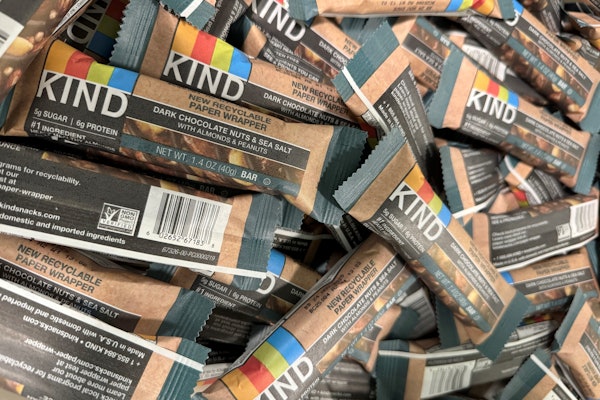In a world calling for social justice and inclusivity, many well-known companies are closely reviewing and changing their brand identities. These highly recognizable brands——among them Mrs. Butterworth’s, Cream of Wheat, Uncle Ben’s, Aunt Jemima, and Eskimo Pie—either have imagery or names that could be considered racially divisive, insensitive, or promoting inequality in some way. These moves are not just knee-jerk reactions, says consumer research firm AMC Global. “Brands know that consumers are looking for them to take a stand and ‘walk the walk’ when it comes to social issues,” the company says. “In fact, our research shows that people are watching brands closely right now, so being silent is not an option.”
While rebranding and packaging design modifications are a crucial step in an effort to eliminate racial bias, there are some challenges inherent with any brand refresh, AMC advises, saying that “companies do not want to rebuild decades worth of brand equity and recognition.” With this in mind, AMC advises the following five tips for successfully rebranding and changing the visual identity of your packaging to help ensure continuity, even while changing an identity to meet current social pressures and challenges.
1. Effective communication: When you make a major change to your brand or packaging design, your consumers want to know why. Be transparent and specific. A communication-pro tip: Lead with functional, and support with emotional. Communicate why the change supports the core values and brand promise of your company, while at the same time reassuring consumers that it’s the same great product. Leverage effective communication tactics, such as strategic POS messaging and social media campaigns as well as traditional outreach methods. Says AMC, “A rebrand or new package design can fall flat if not fully supported with a strong marketing and communication plan.”
See: Aunt Jemima to be Retired by PepsiCo, Mars and Conagra Follow Suit
2. Color consistency: Even with a brand change or packaging design update, AMC says its research shows that it’s important for brands to keep their logo and packaging colors as consistent as possible. Color is one of your company’s strongest brand cues for consumer recognition and association—especially on-shelf. If new colors are added, be strategic and do the needed research to understand what those changes communicate to your consumers. The last thing a rebrand or packaging change should do is alienate your core consumers.
3. Careful simplification: Simplification is usually a good thing. But you must be careful so that key elements, such as flavor variety, serving size, and critical claims are not lost or overshadowed. Advises AMC, if appropriate, packaging should include realistic depictions of the product inside, not a stylized or artistic representation. Your claims should be clearly visible and resonate with your target audience, while communicating all the applicable information needed. Keep in mind, sometimes superlatives can diminish believability—for example, using phrases like, “We are the MOST delicious,” or “We have the PUREST ingredients.”
See: The Curious Case of the Disappearing Maiden—Land O’Lakes Rebrands, Skirts Controversy
4. Balanced modernization: Updating your brand’s packaging or visual identity is always a great time to consider modernization, but don’t push the envelope so far that your brand becomes unrecognizable. Says AMC, be mindful of your target consumer and understand what design updates will work for them. It’s also important to keep a pulse on your competitors and ensure that your approach to modernization does the trick to break through at shelf without negatively impacting findability.
5. Test, learn, optimize, and launch: When rebranding and/or updating your visual identity through a packaging redesign, let the consumer, especially your target consumers, be your guiding light. Incorporate them early in the process—during the innovation stages when you’re brainstorming and sketching ideas—and continue to capture their feedback throughout the screening and optimization process. Explains AMC, “Taking a consumer-centric approach will ensure your updated branding and/or packaging delivers on your brand’s core values, continues to attract (the right) attention, and avoids any alienation risks—all before your product hits the shelves.”



























